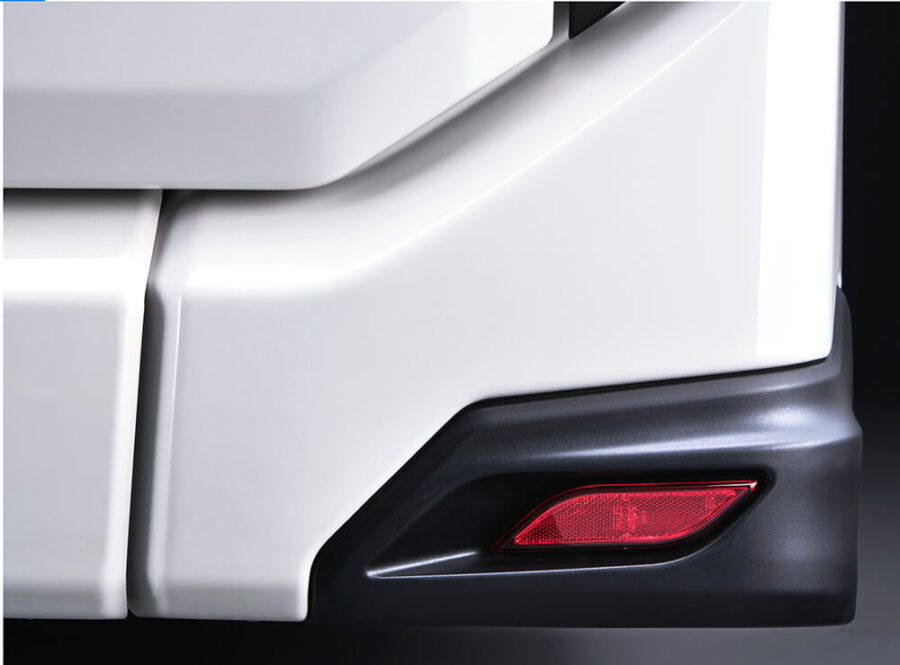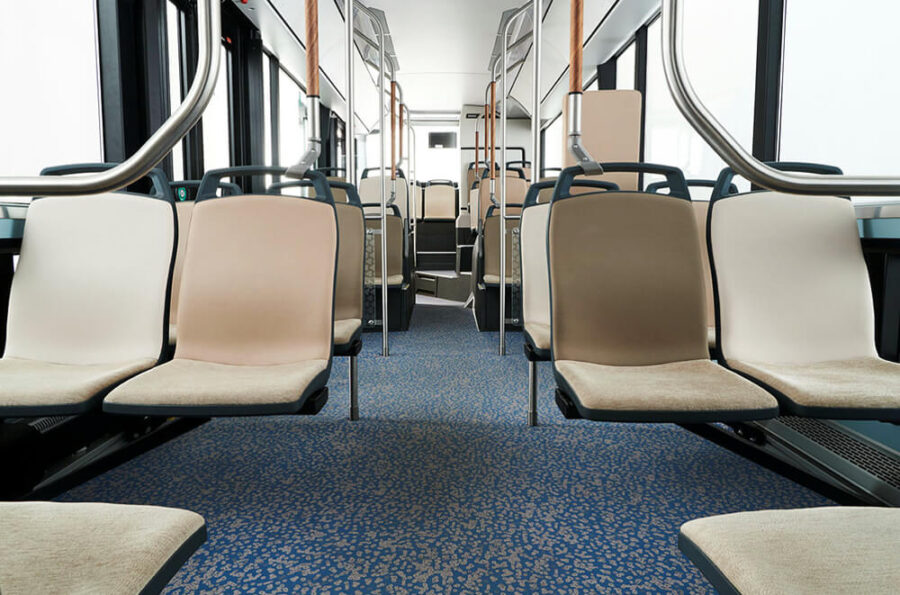Design Freedom
More design freedom with composites
Using composites helps overcome the traditional design barriers without expensive manufacturing tools — and concurrently achieve optimal strength-weight ratio, surface quality and fastening solutions. In addition, manufacturing lines can be streamlined as it’s possible to design and produce more comprehensive component entities with composites.
Issues with steel and aluminium
Steels’ high density makes them significantly heavier than many other materials. The weight can be a considerable limitation in industries like automotive, where reducing weight is crucial for improving fuel efficiency and performance — often forcing designers to use thinner sections, which can compromise the strength and integrity of the component. Also, steel is highly prone to rust and corrosion. Moreover, achieving complex shapes can be challenging, limiting the ability to innovate with intricate designs. In addition, steel has a relatively high coefficient of thermal expansion.
Although aluminium is considerably lighter than steel, its’ lower density comes with a trade-off in strength and stiffness. Also, material costs can be a significant barrier, especially for large-scale manufacturing projects where material costs can substantially impact the overall budget. Concurrently, as aluminium can work harden quickly, it can complicate machining processes. Also, some aluminium alloys can become brittle at low temperatures, restricting their use in certain environmental conditions. Further issues, such as galvanic corrosion, occur when aluminium encounters other metals.


Overcoming the design barriers with composites
Composites, which combine two or more distinct materials to create a superior product, offer significant advantages that can overcome many of the limitations of steel and aluminium. First, composites, such as carbon fibre-reinforced polymers, offer exceptional strength-to-weight ratios. They provide the necessary strength without the added weight, making them ideal for critical weight savings applications. Furthermore, the manufacturing processes for composites, such as moulding and layering, allow for greater design flexibility, as complex shapes and intricate geometries can be achieved. This enables innovation in design and the creation of components that would be difficult or impossible to manufacture using traditional materials. Composites are also inherently corrosion-resistant, eliminating the need for additional protective coatings and making them suitable for harsh environments.
One of the critical advantages of composites is the ability to tailor the features to meet specific requirements. By varying the reinforcing fibres’ type, orientation, and volume, designers can engineer composites with targeted mechanical properties, such as increased stiffness, improved impact resistance, or enhanced thermal stability. Many composites exhibit lower thermal expansion coefficients than metals, providing better dimensional stability in fluctuating temperatures. This is particularly beneficial in precision applications and high-temperature settings.
Lico at your service: the earlier, the better
With Lico, the cooperation with designers is straightforward. As a trusted Finnish company with 30 years of experience and ISO quality and environmental standards, Lico meets its clients’ expectations. After the successful design phase, Lico produces a prototype to which slight changes can still be made. The optimal amounts for serial production vary from 100–2000 items. The company uses local subcontractors and proven European logistic operators in its supply chain.
The best benefits are delivered when a composite solution provider is included in the project from the design phase. The client owns the IPR for product shape and measures, and Lico ensures the design is optimized for usability, sustainability, and manufacturing.